In this guide, we’re going to delve into the different ways you can taste whiskey from around the world, as well as how to host a whiskey tasting for your friends and family.
Like many products that come in a nearly endless range of variety, it is often easier to learn what you like and dislike by comparing samples side by side. Whiskey is a prime example of this kind of product. Tasting whiskey here and there, unless you already an experienced critic or aficionado, fragments the experience. Trying whiskey in a tasting setting rather than one by one is a great way to sharpen your palate, compare samples directly, and have some fun with friends.
How To Taste Whisky
First, the age-old question: is it whiskey or whiskey? Scottish products are whisky, while Irish and American varieties are called it whiskey. You’ll see the terms used interchangeably when the source of the product isn’t clear or when the conversation is general.
One might joke that the one way to taste whiskey is to merely pour yourself a glass and drink it, but there is more to learning to appreciate the flavors of whiskey. The question is, how do you go about trying whiskey in a way that doesn’t leave you broke, hungover, or bored with the same old name brand selection?
There are a few ways to try whiskey:
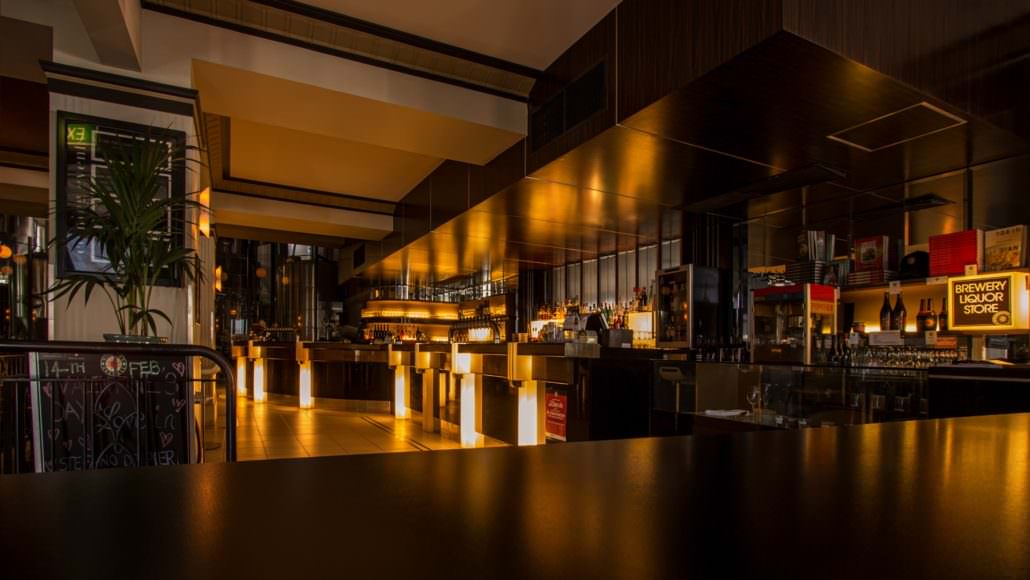
Option One: Visit a local bar known for their whiskey selection or buy tickets for a local tasting. To taste whiskey this way, you’ll need a decent budget and cab fare for the ride home, unless you’re lucky enough to find an establishment that offers flights in your area. While this is as easy as walking in and sitting down at the bar, you’ll still be restricted to what the restaurant carries (about 50-100 spirits on average, some of which will be whiskey) and the knowledge of the staff. This can be a great way to familiarize yourself with some of the most well-known whiskey brands and flavors on the market before investing in your own bar.
Option Two: Try a tasting service. For smaller groups or just someone who wants to continually explore the world of whiskey on their own without the upfront investment. It’s the new way to explore and taste craft whiskey (among other spirits) that you may not be able to easily access, and the program eliminates the need to research, select and source the whiskey yourself if you don’t want to. Tasting notes are provided and the algorithms “learn” your likes and dislikes in order to come up with new spirits to suit your tastes from the thousands of spirits. It’s basically a whiskey concierge.
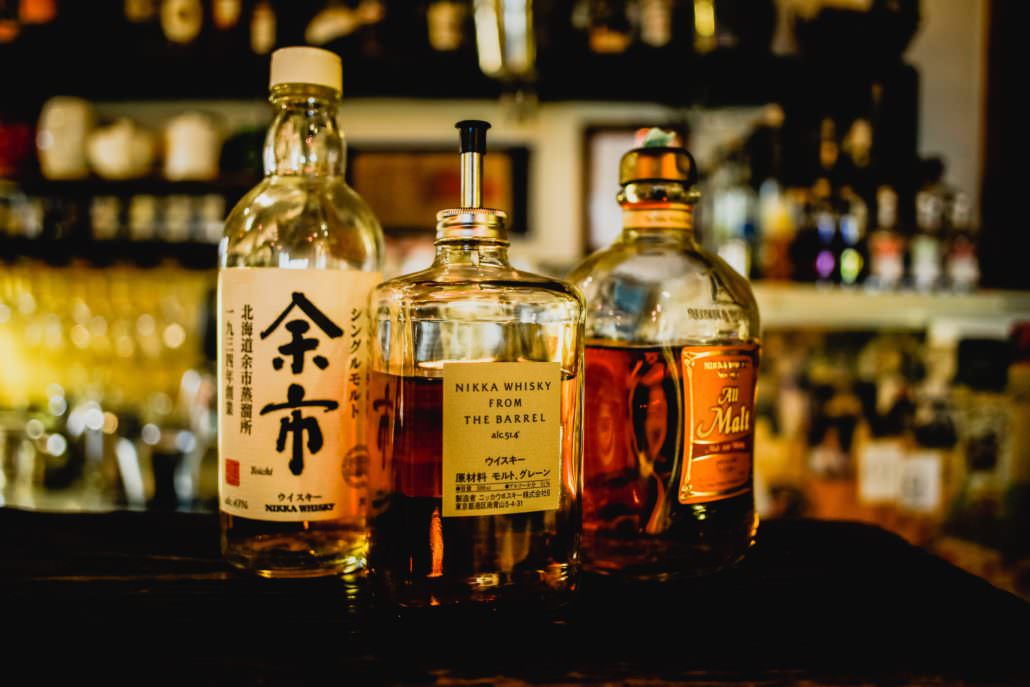
Option Three: Buy a few bottles and host a tasting yourself. This can be a fun way to bring together some friends to learn about whiskey together, but it requires the right tools, knowledge, and the budget to do it right. We’ll provide a step-by-step guide to hosting your own tasting below, along with a range of suggested bottles for your tasting. This approach is great for groups larger than 4.
The Goal of Tasting Whiskey
The goal of tasting whiskey is to enjoy the spirit in a way that is meaningful to you; that might be learning about the different flavor profiles, trying a rare whiskey or comparing a series of drams to figure out which bottles to add to your bar. Options two and three from the list above will give you the greatest flexibility and control over how you taste whiskey, so in the following, we will highlight how you can host a great whiskey tasting on your own.
Hosting Your Own Whiskey Tasting
Around the world, organized whiskey tastings are becoming incredibly popular. Like a gentleman’s game of cards, an organized event that lets a group of like-minded individuals enjoy a variety of single malts has proven to be a great way to enjoy the fellowship of friends. Here’s how to organize one yourself.
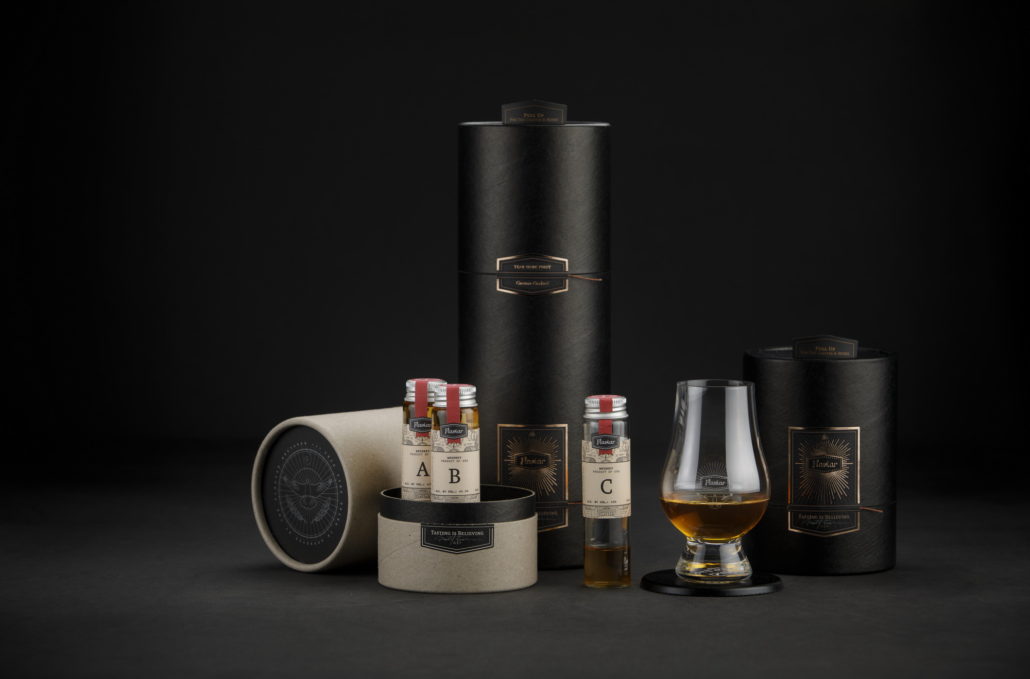
For a DIY Home Whiskey Tasting
Congrats, you’ve decided to host your own tasting! It’s a fun way to bring friends together, and it need not be stressful. Hosting a serious home whiskey tasting is a bit more involved. Here are the key steps to follow to host a great home whiskey tasting.
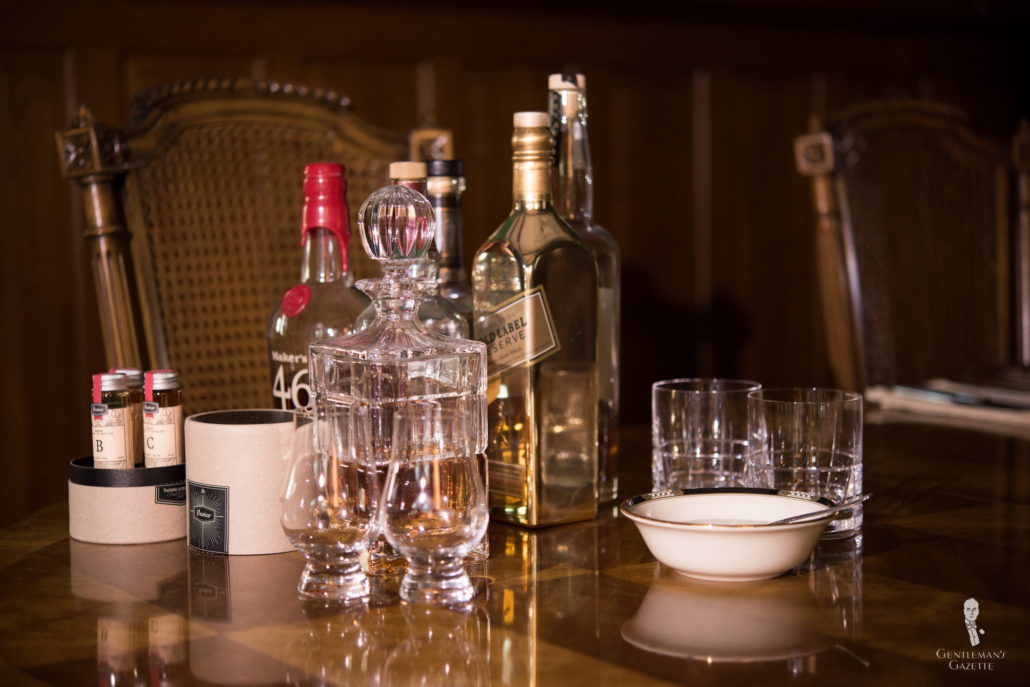
Step One: Party Planning Basics
Before you dive into researching whiskey and compiling tasting notes, start with the basics of party planning.
- Choose a date, time and location for the tasting
- Decide on the size of the party, and who to invite. An intimate whiskey tasting might only include guests there specifically for the tasting, while a bigger party can include significant others and non-whiskey drinkers as well.
- Choose the scope of your tasting. For a small tasting, offer 3-5 whiskeys, and for a larger one 5-8 whiskeys. Any more and your guests might lose interest or feel like they’ve had too much to drink.
- Consider the food and beverages you will serve in addition to the tasting. Low-maintenance buffet style finger food and beverages (read: mostly pre-prepared, cold and self-serve) work the best if you want to keep the focus on the whiskey.
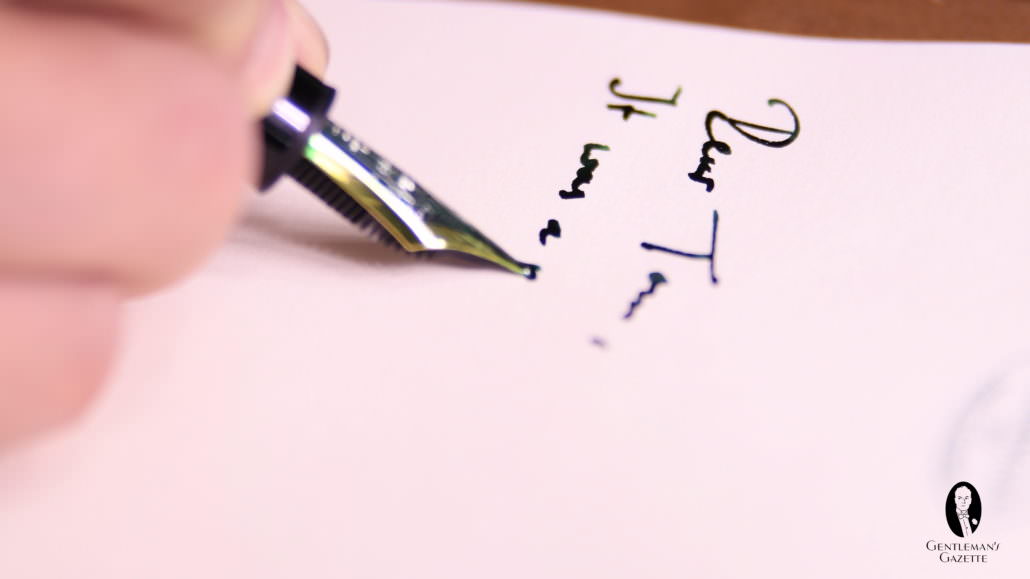
Step Two: Send Out the Invitations
Like any event, you need to invite people to come. Sending an invitation through email or Facebook is fine, but a handwritten one adds a personal touch of elegance to the event. Aside from the standard information such as when the event will take place and where it will be, you may want to also include the following:
- The number of whiskeys being tasted, the tasting format, and the time of tasting
- If any food, wine or cocktails will be served for non-whisky drinkers
- The dress code or theme; use the term “encouraged” if you think some might be put off by it
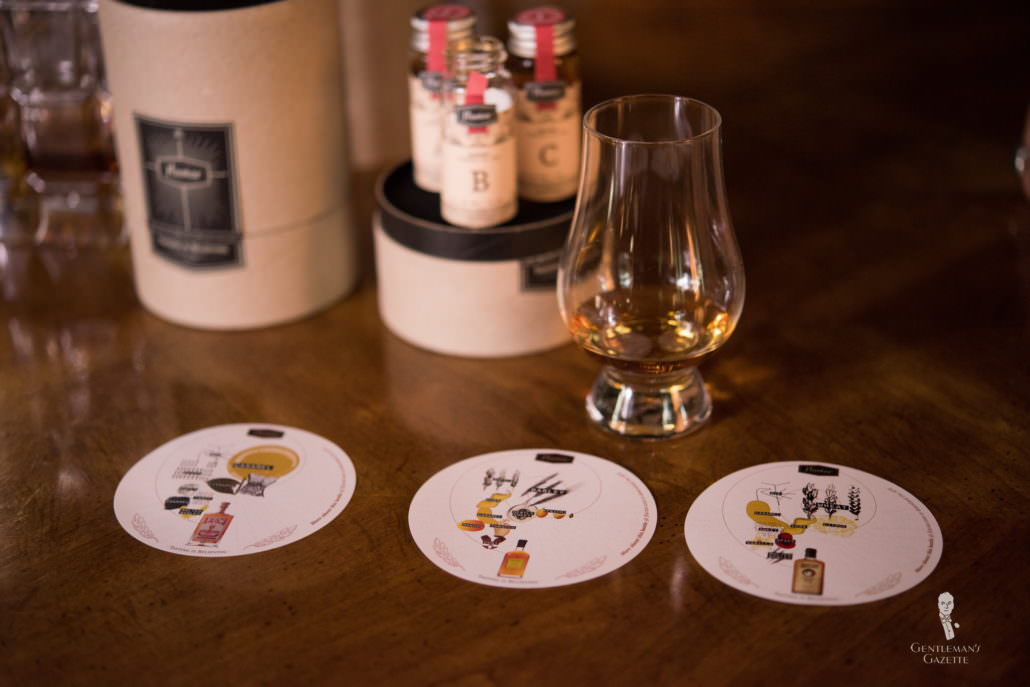
Step Three: Stock Up on What You’ll Need For The Tasting
You’ll need a few things to make sure your tasting goes off without a hitch.
- A Tasting Host. This person will guide the tasting – will it be you or a knowledgeable friend? If you plan to lead the tasting yourself, make sure to research the selected whiskeys before hand and have a list of notes to share with each dram.
- Glassware. A traditional whiskey tasting would strictly utilize the Copita nosing glass as the glassware of choice since it is the whiskey glass recommended by most master distillers and critics. The tulip shape ensures the best nosing of the whiskey. However these ones are just fine as well.
- A Water Carafe. Offer water at room temperature in a glass carafe. However, encourage your guests to sample the whiskey at full strength first before adding water. However, if you’re not a connoisseur and won’t be leading a tasting or offering a lecture, having a carafe of water to add to the whiskey is never a bad idea. It is also a very good plan to offer water between whiskeys to help cleanse the palate.
- Coffee Grounds. Just like water is a great way to cleanse the palate, so is sniffing fresh coffee grounds between drams. This is a sure-fire way to really taste each whiskey and differentiate the flavor profiles and aromas.
- Things to Skip: whiskey spittoons and ice. Spittoons are used by only the most dedicated testers, and usually people find these to be a) a waste, and b) gross. If intoxication is a concern, control the pouring yourself or offer fewer whiskeys. Ice has a negative impact on the flavor of whiskey, so we don’t recommend offering it at your tasting. However, as the host, you should honor the requests of your guests who like to drink their Scotch with ice.
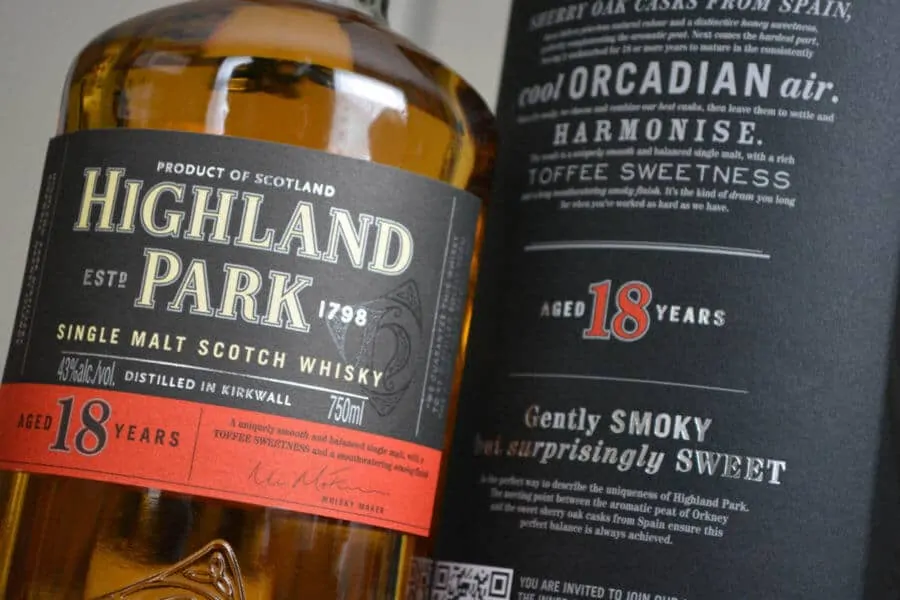
Step Four: Choose the Whiskies to Taste
As the host you’ll be able to control the pouring, so you can offer a 1/8th oz drams for a larger tasting. For a smaller tasting, the portions can be more generous, so long as you take into consideration that whiskey is a strong drink.
Choose a budget that’s comfortable for you and consider your audience before stocking up. New whiskey tasters might not want to try 8 varieties, and party guests often come and go. Consider purchasing a few lower-priced bottles of whiskey from regions outside of Scotland. The whiskeys from Canada, the United States, Japan, Australia, and Ireland are usually far less expensive than the single malts from Scotland. If the selection is small, instead of allowing free pouring, offer each person a set dram of 1/8th of an ounce. You can supplement the whiskey after the tasting is finished with cocktails. There is no rule that you have to offer expensive whiskeys, just a variety for comparison.
To buy whiskey by the bottle for a larger event, check out our extensive list of recommended whiskeys for tastings below.
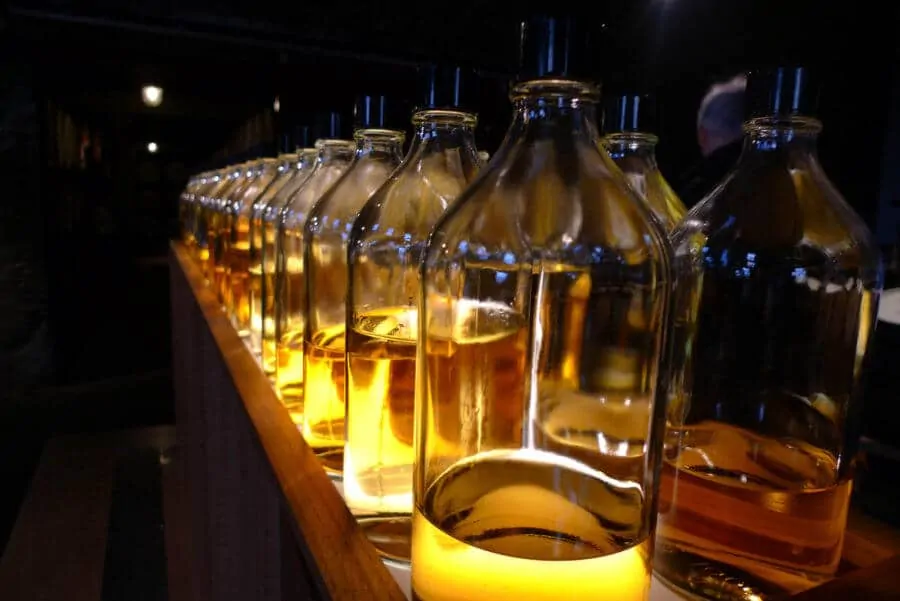
Step Five: Host the Tasting
Once your guests arrive, it becomes your job to play host. Explain to them how the whiskey tasting will go and what whiskeys will be sampled. It is a wise idea to start with the least potent whiskeys and move into the stronger whiskeys as you go. Before each whiskey is sampled, offer a brief description of the whiskey and its unique story. If you’re unfamiliar with the whiskey’s background you can usually find excellent descriptions on the distiller’s website or by reading our other whiskey guides and reviews.
To learn more about the proper procedure of nosing and tasting, please read our Whisky For Beginners 101. Once the whiskey is poured, follow the basic tasting technique described in our Scotch Whisky Guide and ask everyone to discuss what they noticed that was unique about the whiskey. The best part of any tasting is the discussion and learning about the different flavors and aromas each person noticed in the dram. Take your time, especially if there are only a few whiskeys. Try to spread them out and really take a few minutes to appreciate each dram’s complexity.
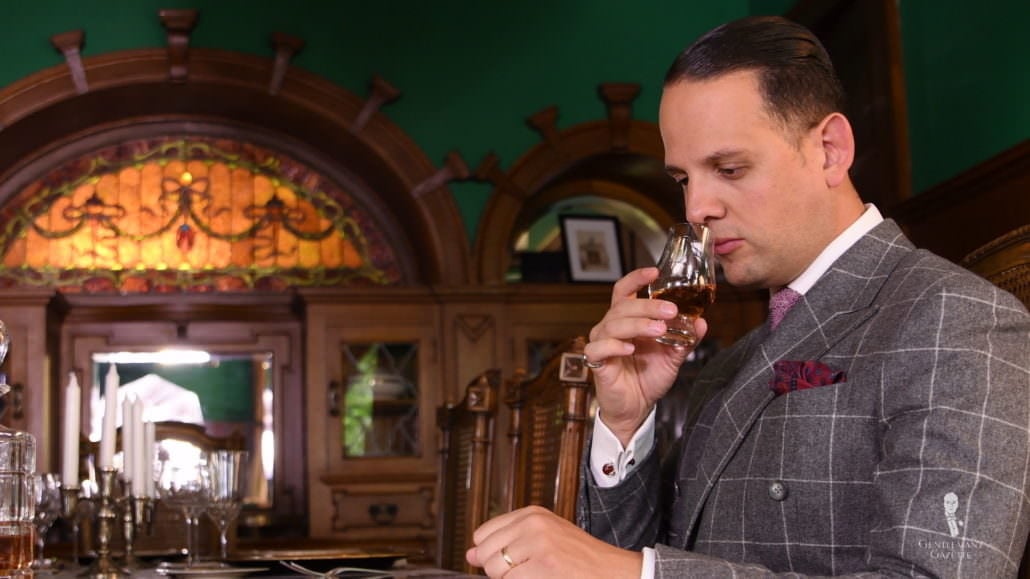
A Few Last Tips
You are always free to personalize your whiskey tasting to your preferences, but here are a few things professionals do that you might consider.
- Many people associate cigars with whiskey but it’s best not to smoke immediately before or during the tasting since it can interfere with the flavor and aroma of the dram.
- Unless the purpose of the evening is to showcase foods that pair well with certain whiskey, it’s best not to serve any food or snacks until after the tasting is over. Like tobacco, food can greatly impact the experience.
- For those participating in the tasting, don’t offer other beverages besides water until the tasting is over. It’s for the same reason described above: it will impact the experience. It’s best to only serve cocktails and other beverages to guests who aren’t participating in the tasting, though your guests should feel free to enjoy anything you are offering.
- Avoiding scented products is very beneficial whether you are hosting or attending a whiskey tasting. This means avoiding cologne, scented soap or lighting scented candles. The only thing the guests should be able to smell is the whiskey they are tasting.
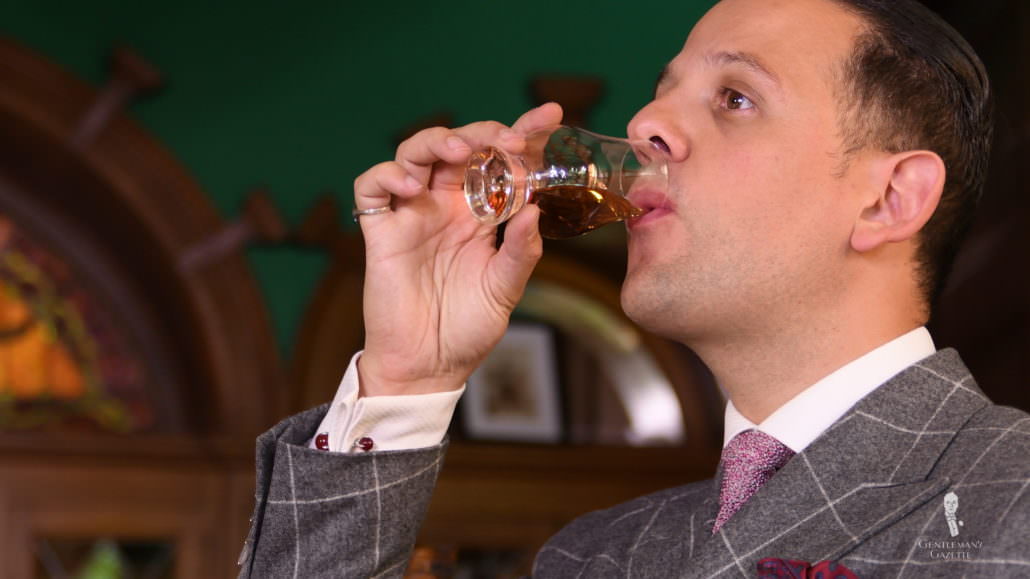
Recommended Whiskies for Tastings
Below is a selection recommended whiskeys for tastings that can be mixed and matched to meet all budgets.
$20 – $50
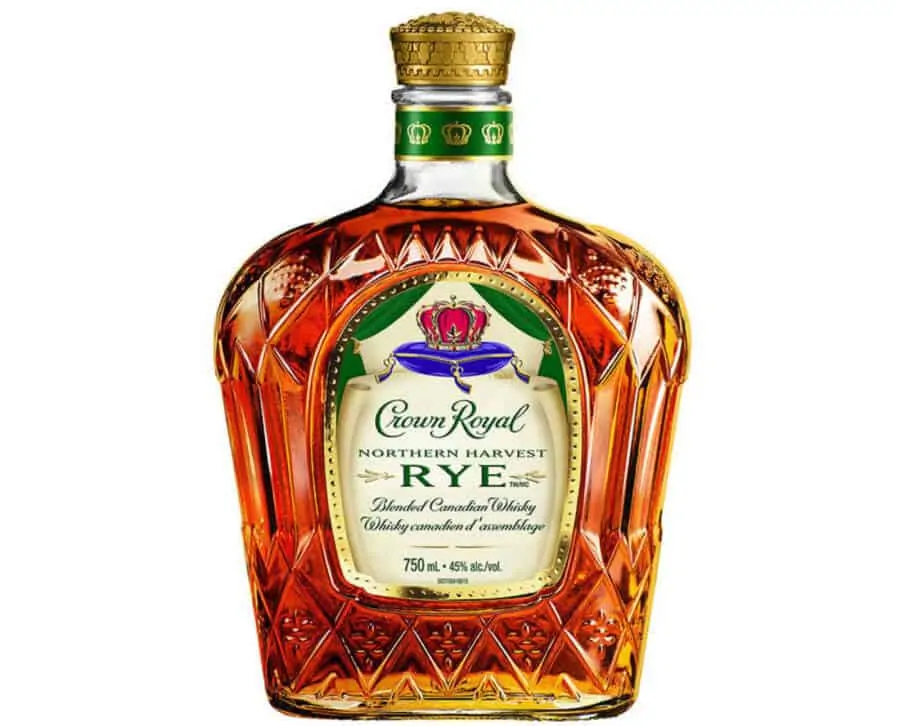
Crown Royal Northern Harvest Rye – $28
The best whiskies will always come with an interesting tale and the Northern Harvest Rye from Crown Royal is no exception. Whether you agree with him or not, renowned whiskey critic Jim Murray named this dram the World Whisky of the Year in the 2016 Whisky Bible. It is an exceptional rye for the price range and its flavor profile is complex when compared to other similar spirits at similar price points. At the very least, you can try it for yourself and debate whether you and your guests feel it’s worthy of such acclaim.
Auchentoshan American Oak – $35
A perfect whisky to begin a tasting with Auchentoshan is one you may remember from our Beginner’s Guide to Scotch Whisky. A beautifully complex dram, it is gentle and light without even a hint of peat. Despite this, it’s flavor profile is still remarkable and because it’s such a gentle dram, it’s well suited to those who are new to whisky or don’t enjoy a stronger flavor profile.
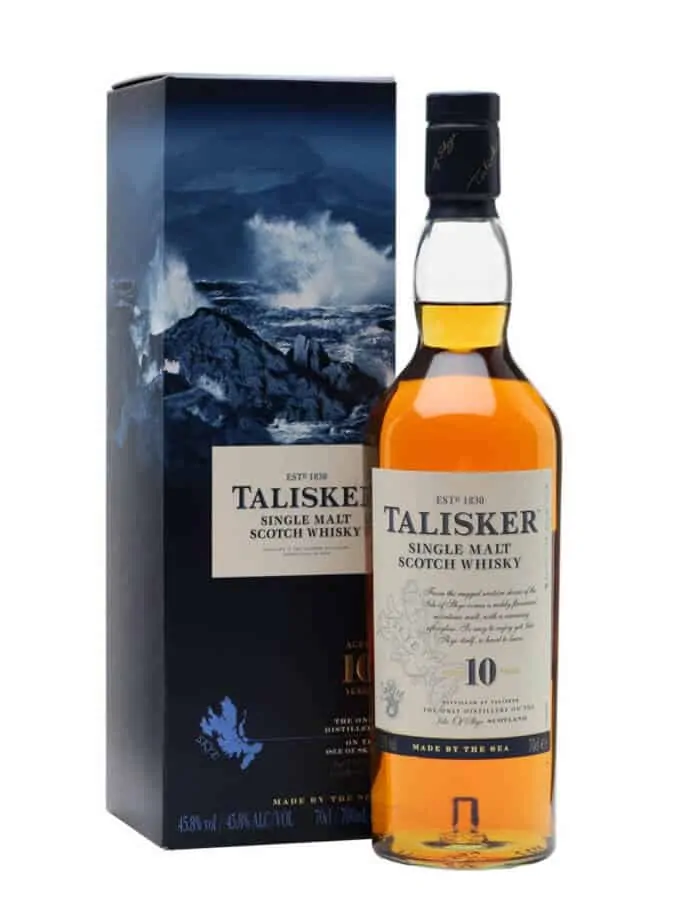
Talisker 10 Year Single Malt Scotch Whisky – $40
An excellent daily dram, there aren’t many 10-year-old whiskies that receive such high praise. Often regarded as a top choice by whisky critics, this is a classic Isle of Skye dram that is sure to please even the most discerning whisky connoisseur.
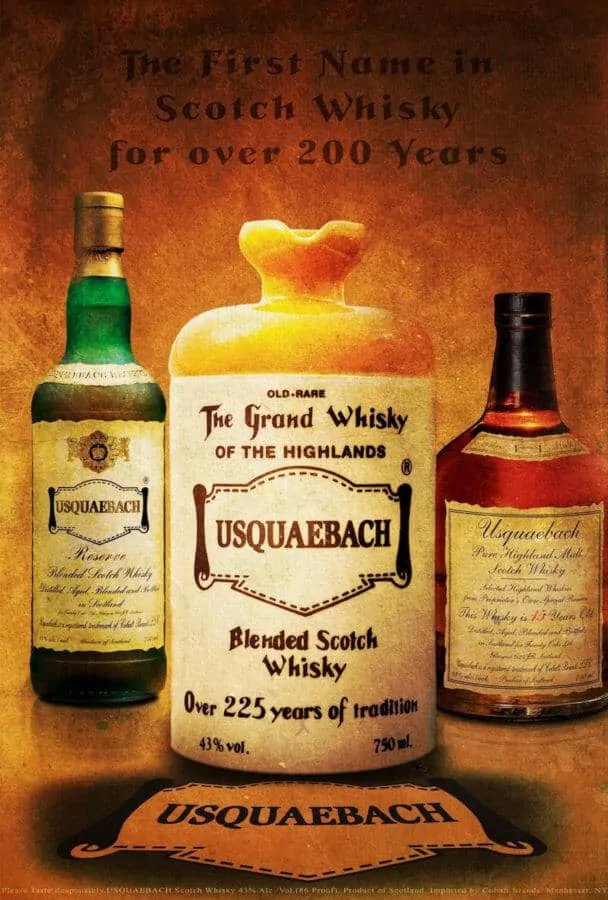
Usquaebach Reserve Blended Scotch – $42
One of the more elegant and complex blends from the Highlands, this blended Scotch whisky is actually quite unique and historic. The Reserve is reasonably priced at around just $40 but if you have some extra room in the budget I highly recommend upgrading to the 15. The Old Rare Superior Blend comes in a stone flagon and is priced just under $150 but is well worth it. It is arguably one of the finest blends ever produced and a GG favorite.
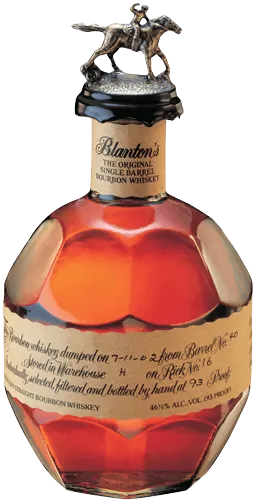
Blanton’s Bourbon – $49
More expensive than most bourbons, the complexity is well worth the price. Sure you could go for a Maker’s Mark, a bottle of Knob Creek or even a bottle of cask strength Bookers. However, Blanton’s quality is unsurpassed and it remains a favorite amongst bourbon aficionados. You won’t be disappointed.
$50 – $75
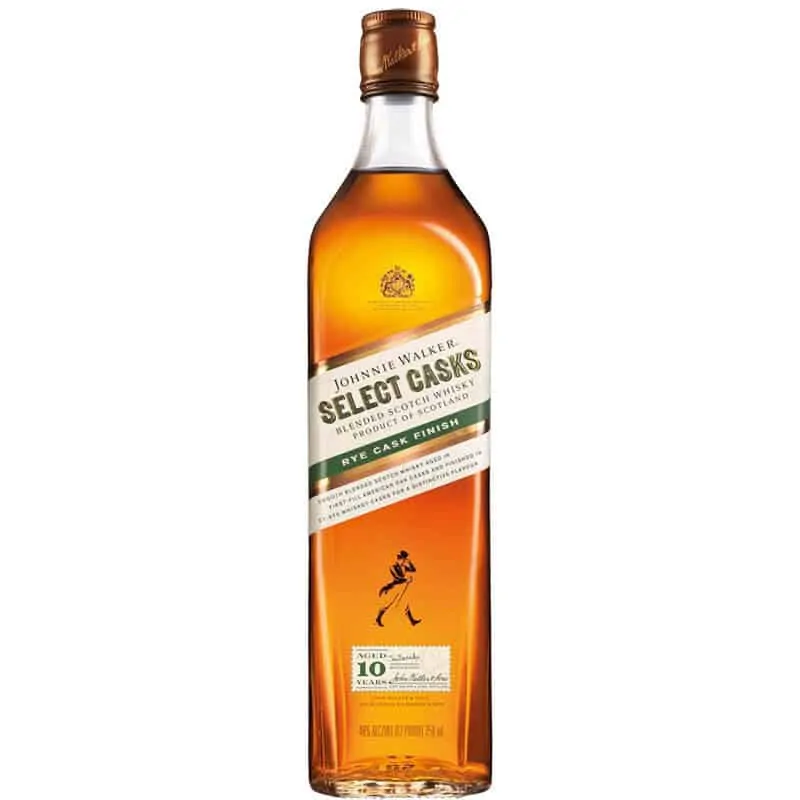
Johnnie Walker Select Casks Rye Finish – $54
This limited edition blend from Johnnie Walker isn’t the most fantastic blend you’ll ever try, but it’s one that will certainly cause some heated debates. Often regarded as the ‘finest’ blended whisky by young Wall Street traders, it’s also a favorite in Asian markets and by some of the older and more reserved executives. However, there is also a large contingency of whisky drinkers who feel it’s highly overrated. This is what makes it a perfect choice for a whisky tasting.
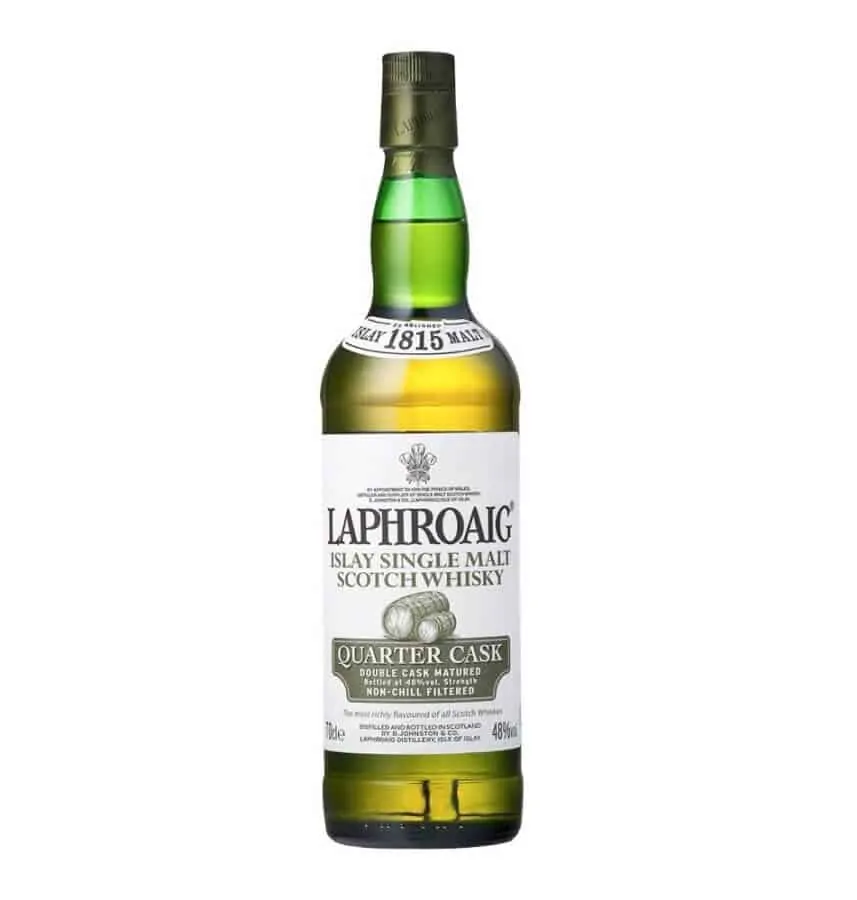
Laphroaig Quarter Cask – $60
We don’t often recommend quarter casks, but this is one that many of the Laphroaig fans haven’t tried. It’s a little different than the age-labeled whiskeys but has an exceptional offering of peat and smoke that Islay whiskies are known for. A younger malt, it still has an irresistibly complex flavor profile, due to its double maturation in two American oak casks.
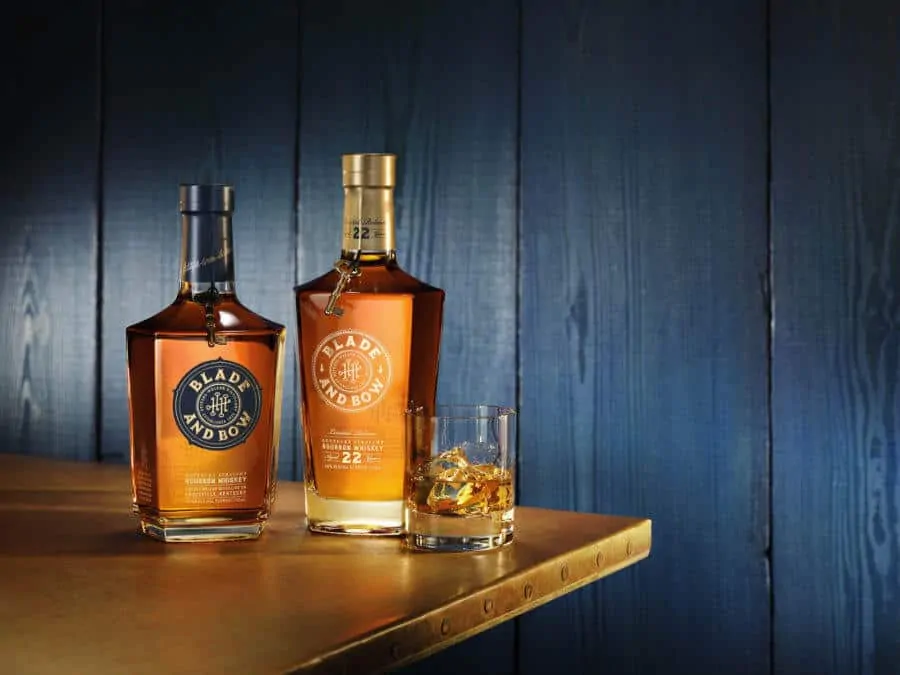
Blade & Bow 22 Year – $70
This limited release is crafted in the historic Stitzel-Weller distillery in Kentucky where Pappy Van Winkle was produced. In Diageo’s push to release unique whiskies, they took some of its last remaining stock and blended it with other fine bourbons to create one of the most fantastic American whiskies you’ll ever try. Despite its fairly reasonable price tag, this whisky is a limited release and is highly coveted by Bourbon enthusiasts which have caused some bottles to increase in price. It’s not unusual to find a bottle of this nectar on sale for upwards of $600 a bottle. This is one whisky I always bring out at tastings, and the reviews are always extraordinary.
$75 – $100
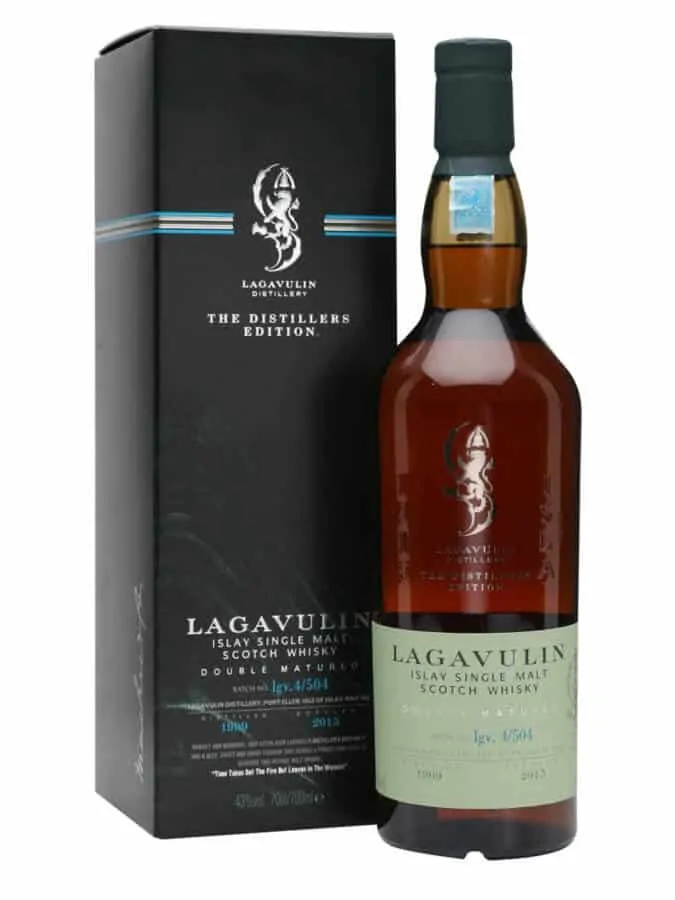
Lagavulin 1999 Pedro Ximénez Cask Finish Distillers Edition – $87
Bottled in 2015, this distillers edition is a masterful release from one of the most popular distilleries in Scotland. While the 16-year bottling is quintessential, it’s a whisky most have enjoyed. Since the goal of a tasting is to introduce people to drams they may not have had a chance to sample, this remains a great option at a reasonable price from a distillery that’s iconic and revered.
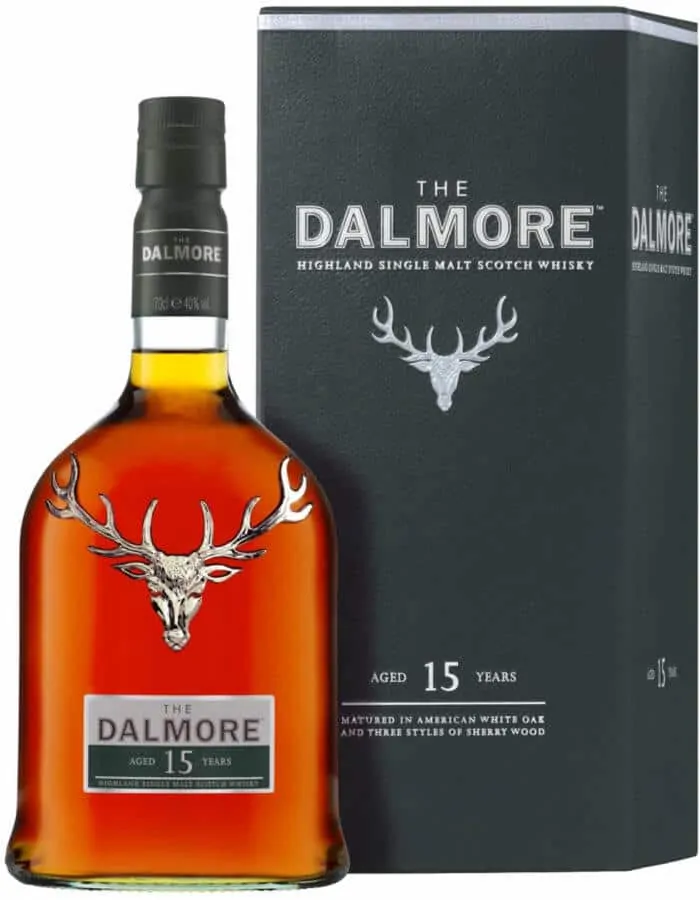
The Dalmore 15 – $99
The Dalmore line of single malts has long been a personal favorite of mine and one I often recommend in our guides. The 12-Year is a fantastic dram but the 18 is one that most men haven’t tried. It is an exceptional Scotch whisky and it’s the perfect balance of sweetness and spice with layers of complexity that showcase the precision used to craft this decadent dram.
Over $100
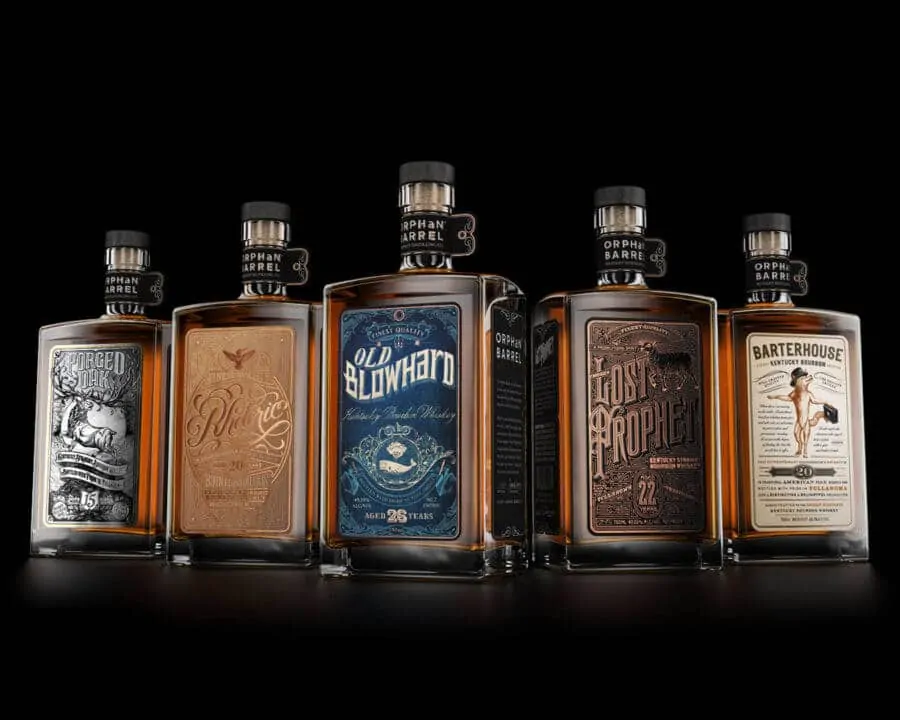
Orphan Barrel Lost Prophet – $300+
It’s not unusual for this American whisky to fetch a price in the high hundreds or even thousands of dollars. This whiskey is about as rare as they get. Orphan Barrel is a Diageo brand that literally takes orphan barrels found in the back of distinguished distilleries and bottles what’s left. Once the bottling is gone, it’s gone forever, and that’s what makes this such a great whiskey for a tasting. It has a story, and it’s so rare that chances are no one has tried it before, and few will try it again.
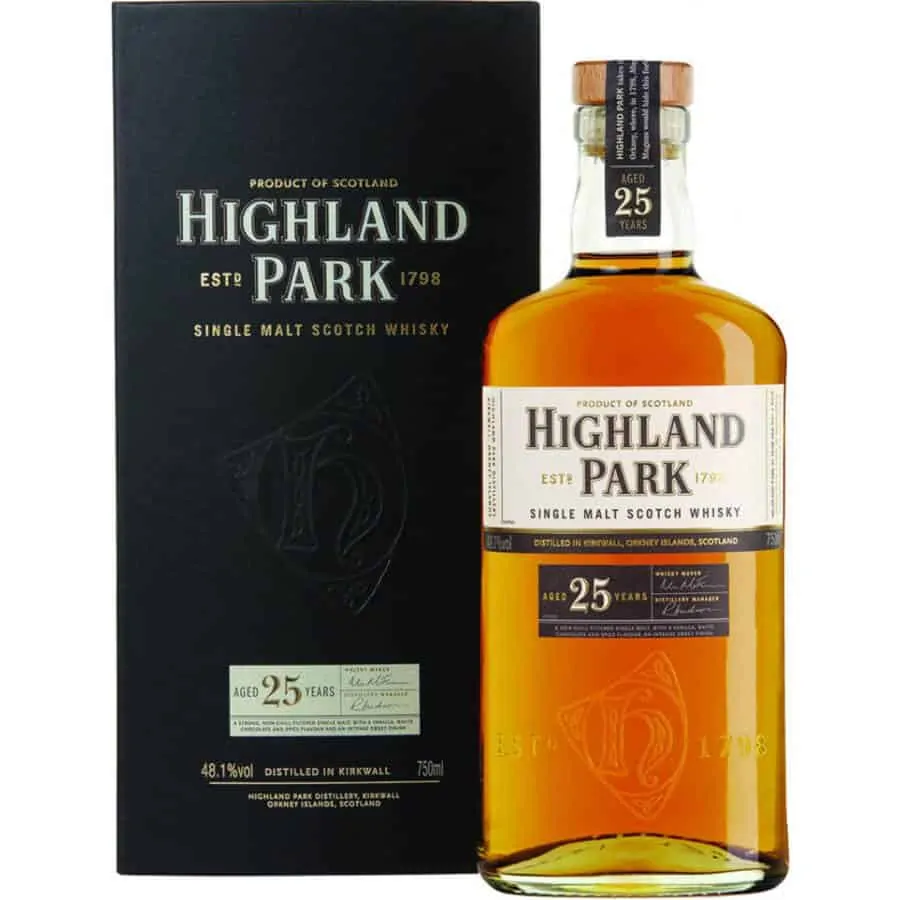
Highland Park 25 Year – $450
Once you get to the 25-year mark, whiskeys become a little too potent for most people. The flavors remain complex, but it becomes more difficult to differentiate them and often takes a keen palate to be able to appreciate the dram – and the price. However, one distillery that has seemingly managed to perfect aged whiskeys is Highland Park. Unlike most of their competitors, Highland Park manages to create the perfect blend of sweet to spice with layers of complex flavors that are as easily distinguishable as waves in rough seas. If your budget allows, consider a bottle of the 30-year as well. If your budget is slightly lower, the 18-year is a perfect dram and one I often recommend. In fact, I would say it’s the finest single malt under 25-years.
Conclusion
The goal of a whiskey tasting is to sample some unique whiskeys and engage in discussion and fellowship with like-minded people. It can be a wonderfully formal event or a very casual party amongst friends. The decision is yours. What is your favorite whiskey? What whiskeys have you put together for a tasting?
This guide was written by Sven Raphael Schneider and J.A. Shapira
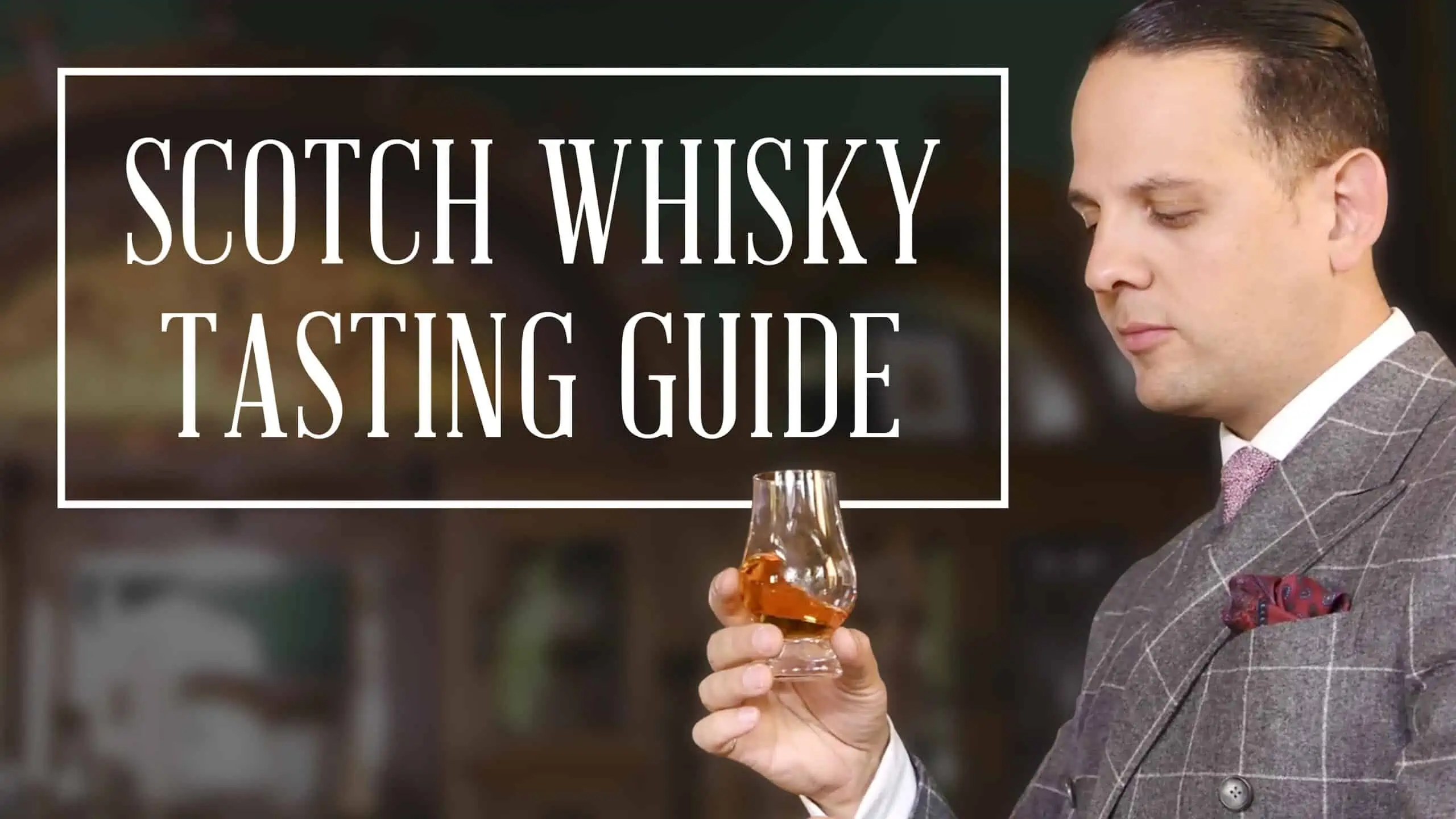
Have you ever tasted whiskey from Japan ?
Many. Have you?
J.A. Shapira | Editor
Gentleman’s Gazette, LLC
Mr Shapira ,
Yes I have , as a very young man I visited Japan in 1976 . I found the whiskey there to be astonishing , so too the beer ; these days I still include a couple of bottles n my armoury and surprise friends who come to visit .
Even here in Australia we have a history of whiskey making going back to around 1860 . One brand from Tasmania has recently received an international award of the most highest recognition .
The problem with Orphan barrels is that bottles were over marketed with Diageo lying about and withholding info from its consumers. Diageo tried to use every buzzword possible (rare, Stitzel-Weller, Limited Edition, etc.). When bottles of Barterhouse started popping up every where, some with bottle numbers in 80k range. How do you lose and then find thousands of barrels? After being pressed on the source Diageo admitted that these bottles weren’t distilled at Stitzel-Weller but just aged there. It was downhill after that and rumors began to fly. Oh, and every bottle was around the $100 mark a con which a lot of folk fell for.
All acclaimed brands
What about independent distillers and blenders?
They work too.
I would personally advise against trying to taste more than 5 whiskies in a single session, especially for beginners. I tend to find that it becomes very difficult to fully appreciate the nuances after tasting more than 5 or 6 whiskies, and most professional tasters and whisky ambassadors I’ve talked to seem to agree.
One thing I do always recommend is that people should not finish each whisky before moving on to the next. It’s always very interesting to go back over the drams that you’ve already tasted to see how they compare, and how they change over time.